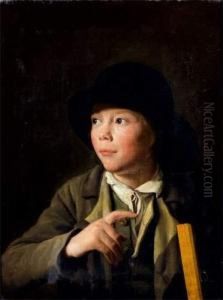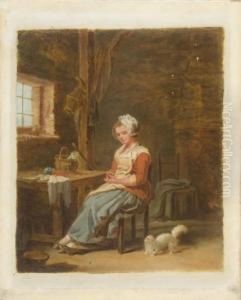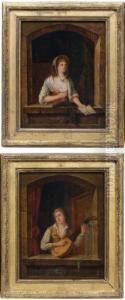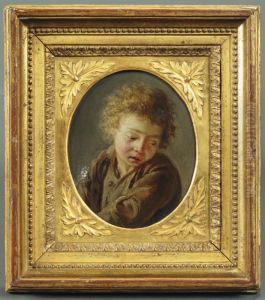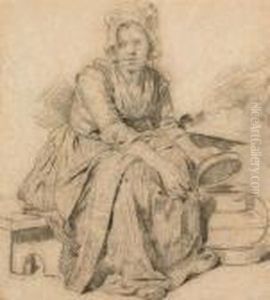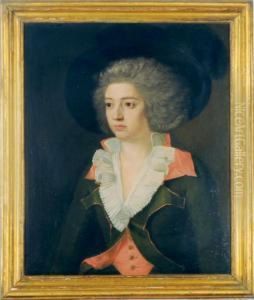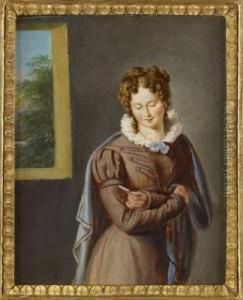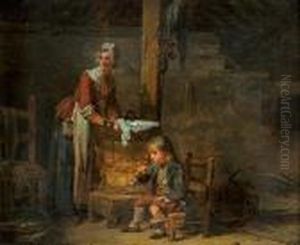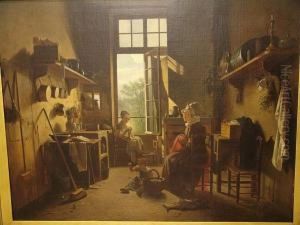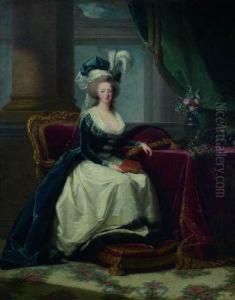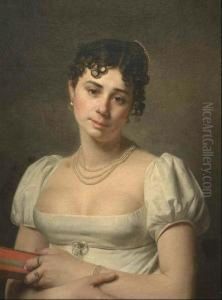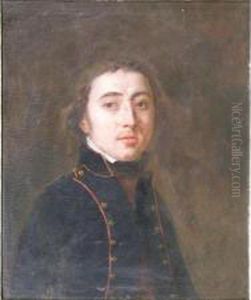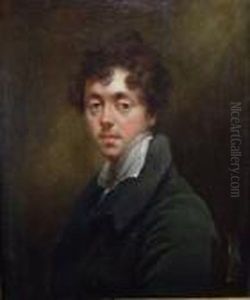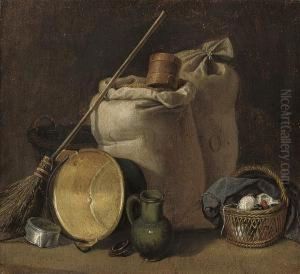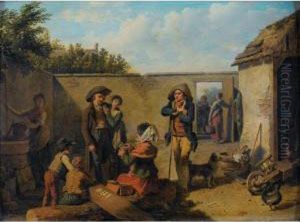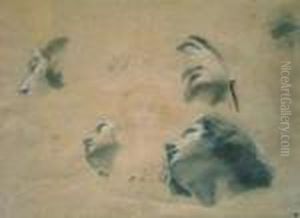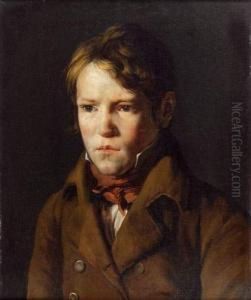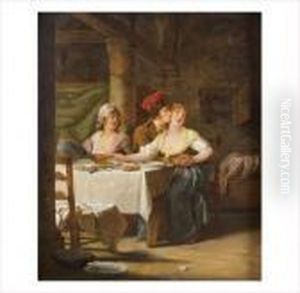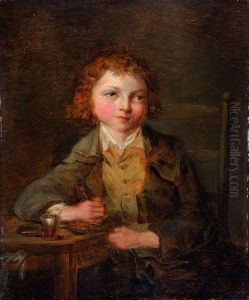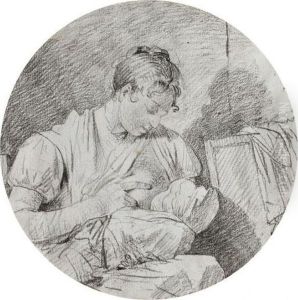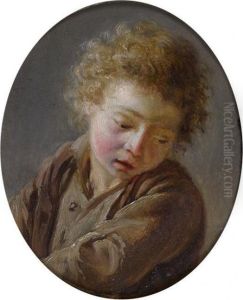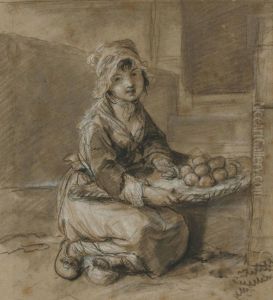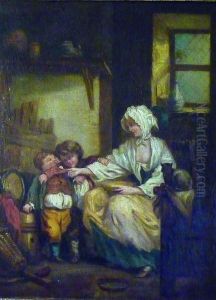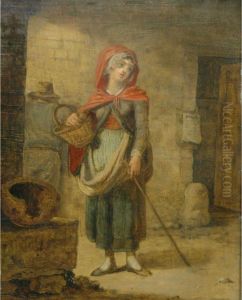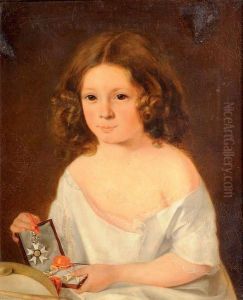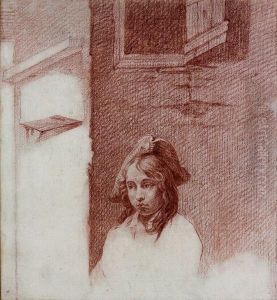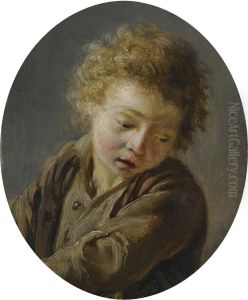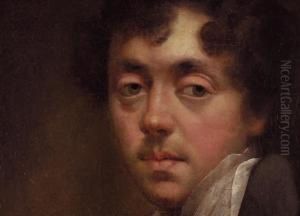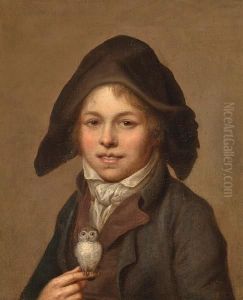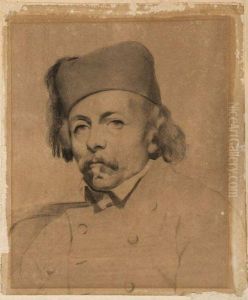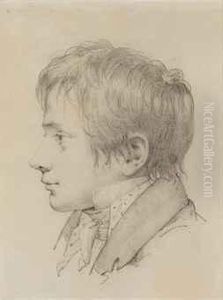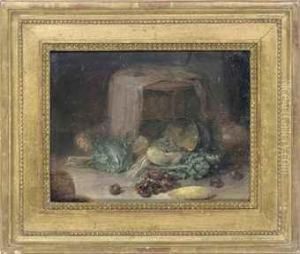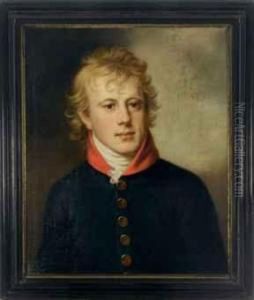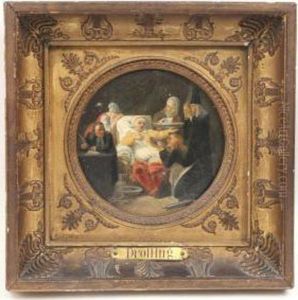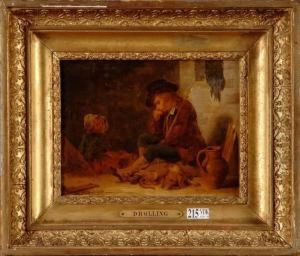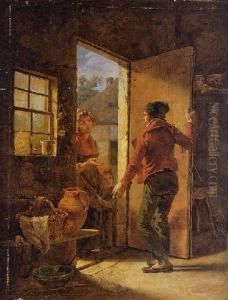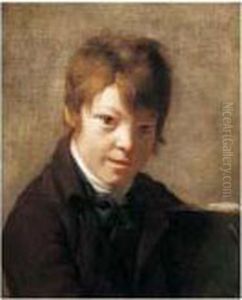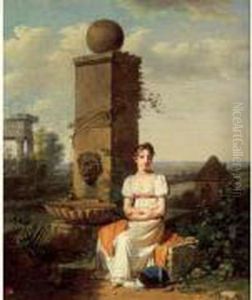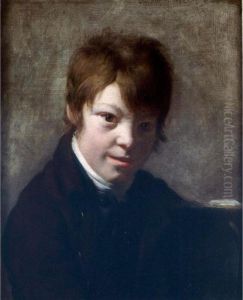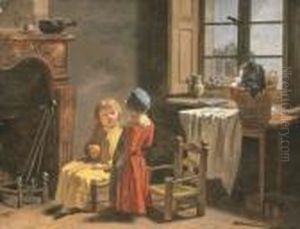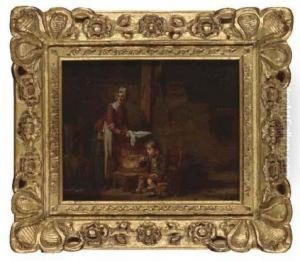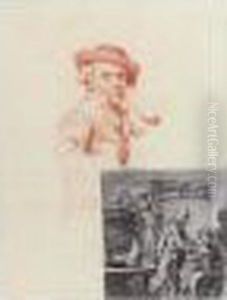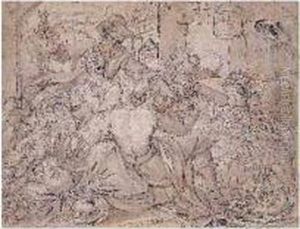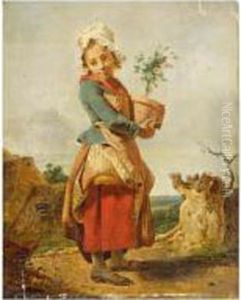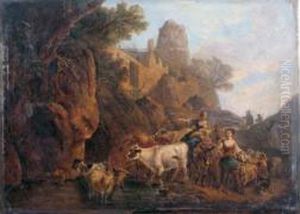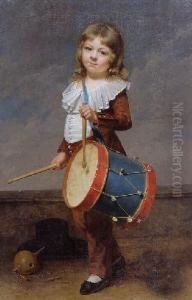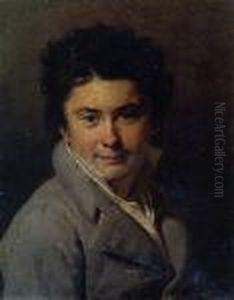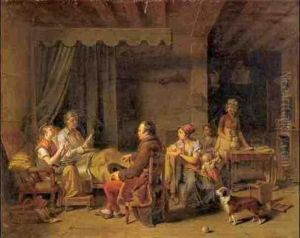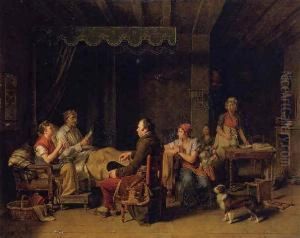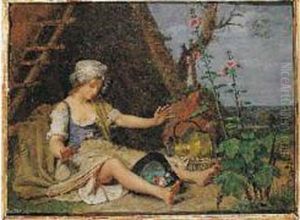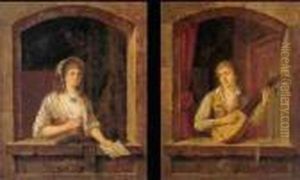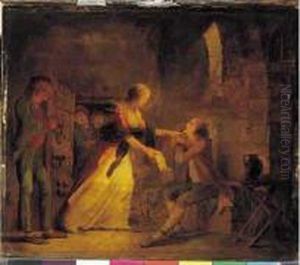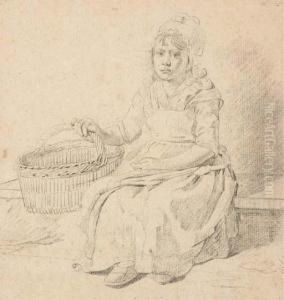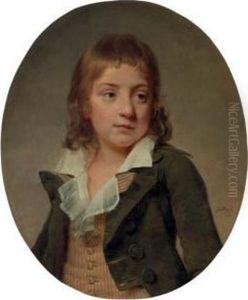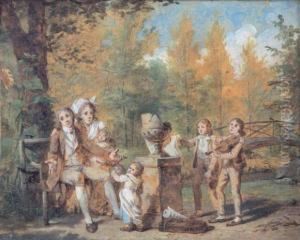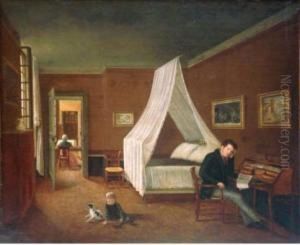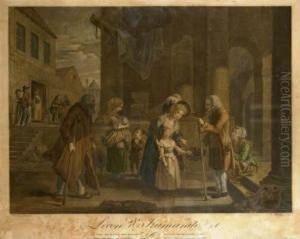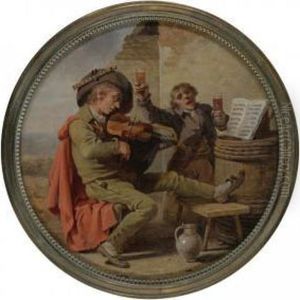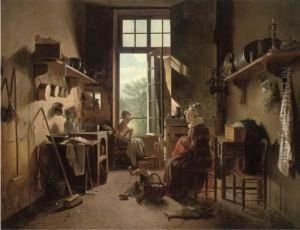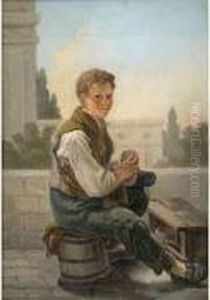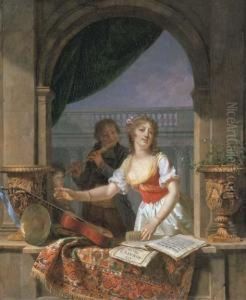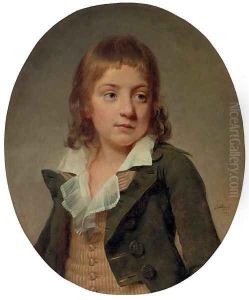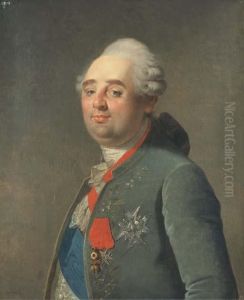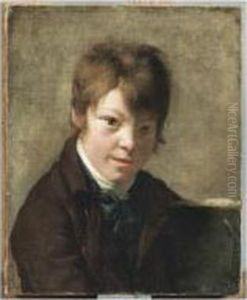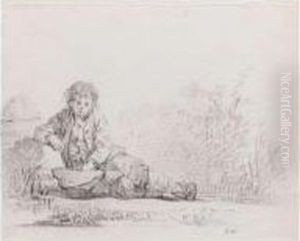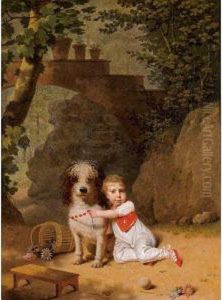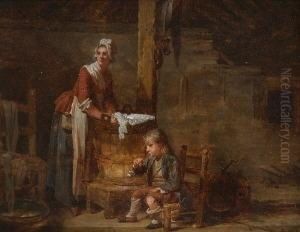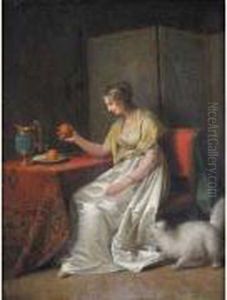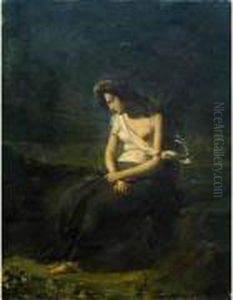Martin Drolling Oberbergheim Paintings
Martin Drolling was a French painter born on October 7, 1752, in Oberbergheim, now Oberhergheim, in the Alsace region of France. He was known for his detailed and polished interior scenes, portraits, and still lifes that reflected the Neoclassical style popular during his time. Drolling's art was characterized by its precise technique and the clarity of its composition, often infused with a sense of domestic tranquility and modesty that was appealing to the sensibilities of the middle class in the late 18th and early 19th centuries.
Drolling's early life was spent in the Alsace region, where he likely received his initial training from his father, who was a painter and decorater. His family moved to Paris in the late 1770s, where Drolling furthered his artistic education. He became a student at the Royal Academy of Painting and Sculpture in Paris, studying under the history painter Jean-Baptiste Regnault.
In Paris, Drolling established a reputation as a talented artist, and in 1789, he exhibited for the first time at the Paris Salon, an official art exhibition of the Académie des Beaux-Arts. Over the years, he continued to exhibit his works at the Salon, gaining recognition and accolades. Drolling's works from this period often depicted scenes from everyday life, rendered with a meticulous attention to detail and a warm, sensitive portrayal of his subjects.
One of Drolling's most famous works is 'La Lecture de la Bible' (The Reading of the Bible), which he exhibited at the Salon in 1811. This painting exemplifies his skill at capturing the textures of materials and the interplay of light and shadow. It also reflects the moralistic tone favored during the period and the influence of Dutch 17th-century genre painting.
Despite the political upheavals of the French Revolution and the Napoleonic Wars, Drolling managed to maintain a successful career. He adapted to the changing tastes and political climates, receiving commissions and continuing to teach. Among his notable students was his son, Michel Martin Drolling, who also became a respected painter.
Martin Drolling passed away on December 9, 1817, in Paris. Today, his works are held in various museums and collections around the world, admired for their technical mastery and their portrayal of the intimate aspects of daily life during his era.
